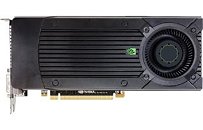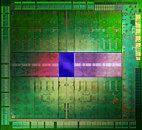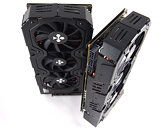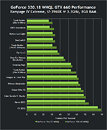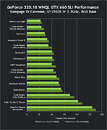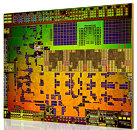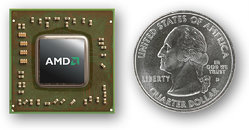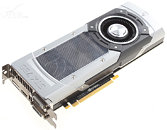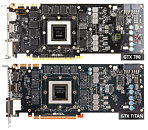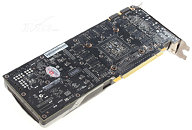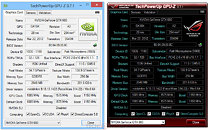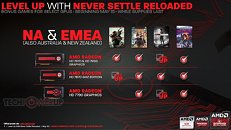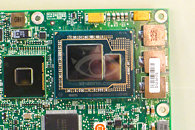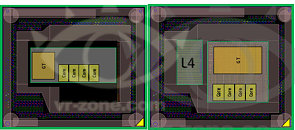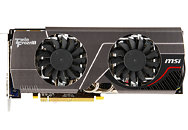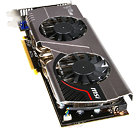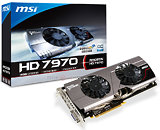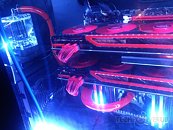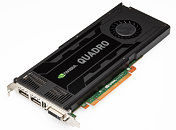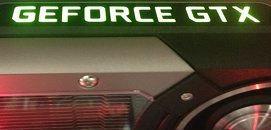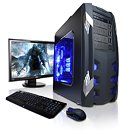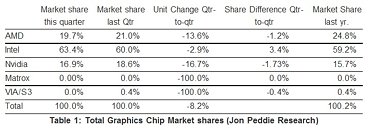
NVIDIA GeForce GTX 760 Specifications Disclosed
The information was sourced and publicized by the VideoCardz.com crew on Tuesday, confirming some previous leaks and refuting others. The new GeForce GTX 760 employs the same reference design NVIDIA used for its previous generation cards (GTX 670, GTX 660 Ti, GTX 660 and GTX 650 Ti) and is designed to replace the GTX 660 Ti in NVIDIA's current lineup. The card employs a cut down version of the GK 104 GPU, with 1152 CUDA Cores, 96 TMUs and 32 ROPs. With a base clock of 980 Mhz and a boost value of 53 MHz, for a maximum out of the box frequency of 1033 MHz, the new card supports GPU Boost 2.0 which is a temperature controlled feature (the cooler the chip the higher the clocks). Stock memory size will be 2 GB and reference memory clocks were set at 1502 MHz, for a slightly over 6 Ghz effective speed. A 256-bit wide memory bus is employed to offer 192 GB/s of memory bandwidth at stock clocks. TDP is set at 170W for the new card, requiring two 6-pin PCIe connectors
Also relevant to the topic is another piece of information unveiled along with the above mentioned specifications, the fact that the GeForce GTX 760 will complete NVIDIA's portfolio for the coming months. NVIDIA presumably awaiting AMD's move before launching any more GeForce products of its own. AMD, in turn, being expected to bring out the Radeon HD 8000 Sea Islands cards in September.
Also relevant to the topic is another piece of information unveiled along with the above mentioned specifications, the fact that the GeForce GTX 760 will complete NVIDIA's portfolio for the coming months. NVIDIA presumably awaiting AMD's move before launching any more GeForce products of its own. AMD, in turn, being expected to bring out the Radeon HD 8000 Sea Islands cards in September.
